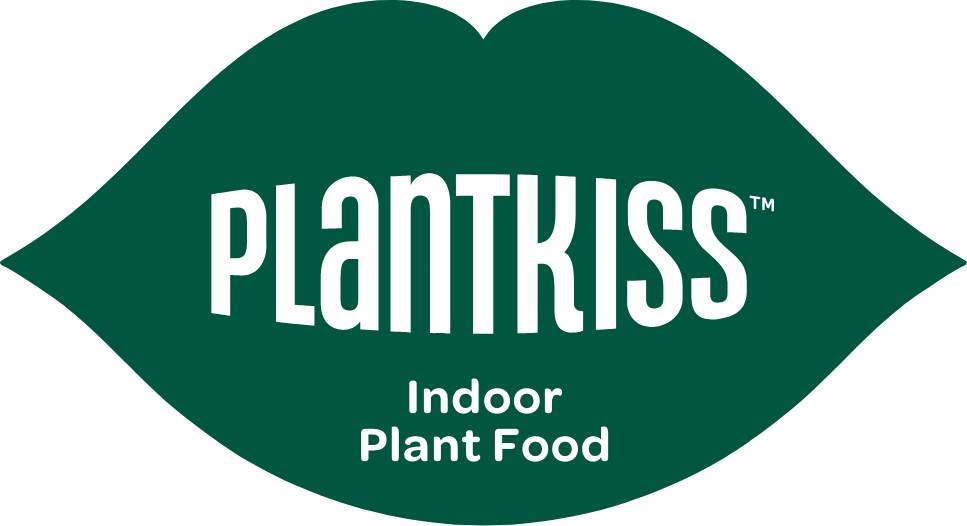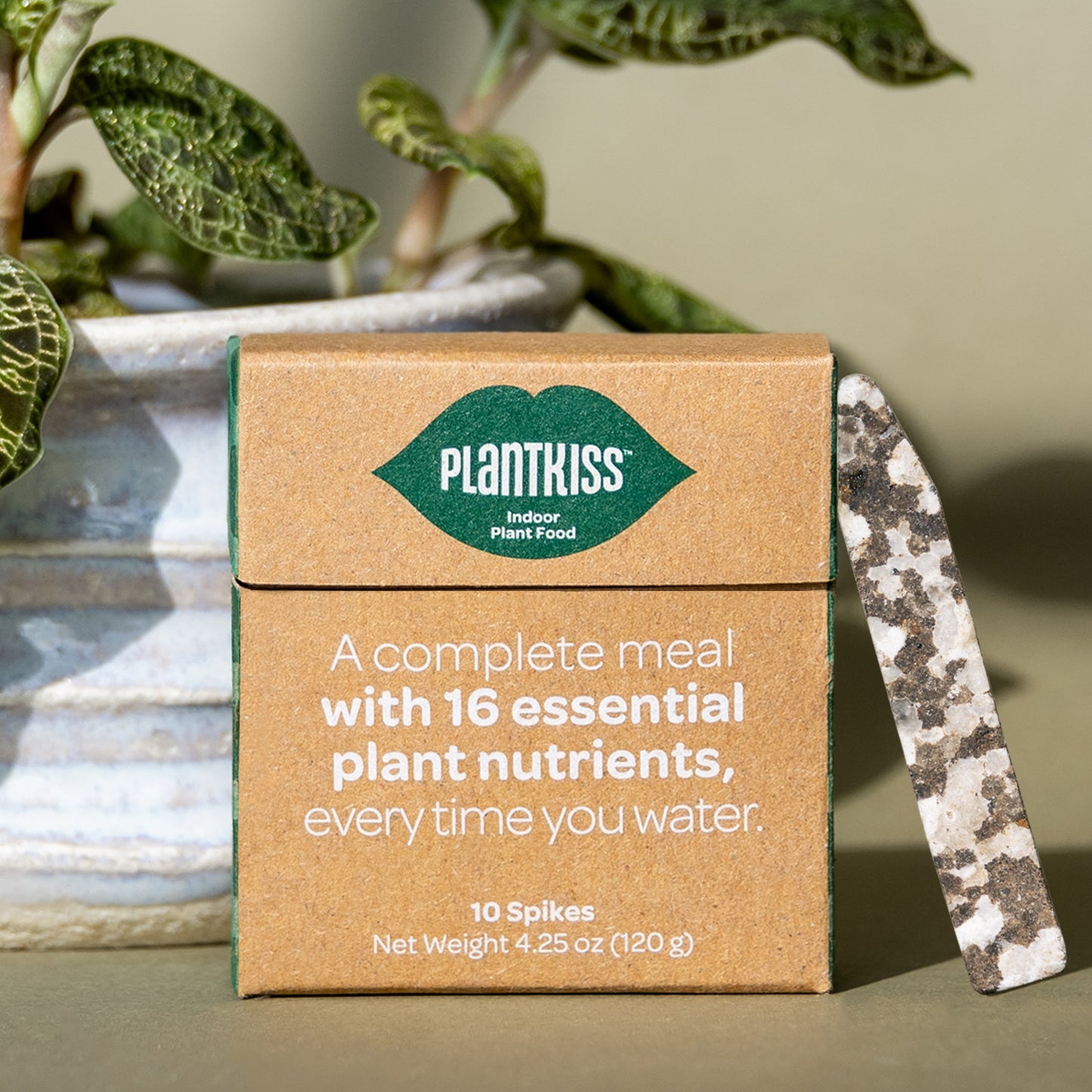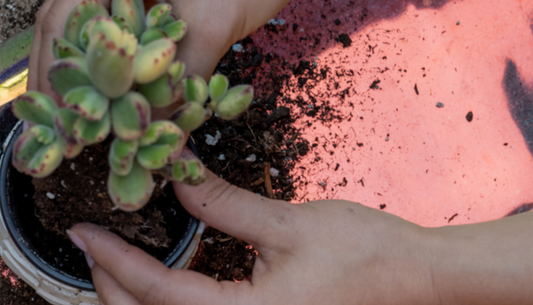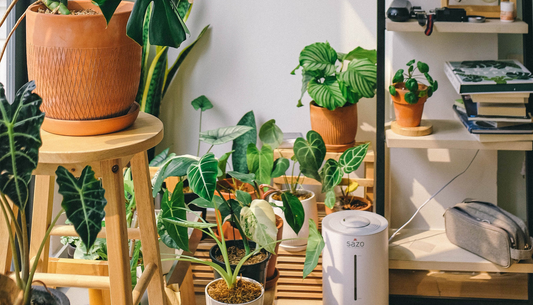You probably already know plants love light—since it’s what powers photosynthesis, it’s basically their food.
But the same way a salad and a bag of chips are different, the type of light your plants receive can affect the way they grow. Let’s look at the advantages and drawbacks of sunlight vs indoor light.
Sunlight
As the most natural and abundant source of light for plants, the sun’s rays contain the full spectrum of light wavelengths they need for photosynthesis. The broad range of wavelengths, including blue, red, and far-red light, is like an all-you-can-eat buffet of nutrients. Blue light is essential for vegetative growth, while red light is crucial for flowering and fruiting. And far-red light promotes stem growth and germination.
One of the main benefits of sunlight is intensity. Since it’s much brighter than indoor light, plants get more energy to fuel their growth. But just like hitting the buffet a little too hard can be harmful, direct sunlight can be too much for some indoor plants. Overexposure and sunburn can undo all the good they got from photosynthesis.
Another limitation of sunlight is variability. Weather patterns and seasonal changes affect the amount and quality of light your plants receive. This is why some plants may prefer the consistency of a controlled light source.
##product
Indoor Light
Sometimes it’s best to supplement your plants’ meal with a steady diet of electric rays instead. Unlike sunlight, indoor light can be adjusted to meet the specific needs of a particular plant, whether that’s because sun in your location is too intense, or not intense enough. Another benefit of indoor light is that it produces less heat than sunlight, which can be beneficial for plants that are sensitive to high temperatures.
Indoor light can also be placed closer to plants without causing damage, which can improve absorption and growth. But it might not be a complete meal. One of the drawbacks of indoor light is that it often lacks the full spectrum of wavelengths that plants need for optimal growth. For example, many types of indoor light do not provide enough blue light, which can lead to stunted growth and poor development. Not to mention, different kinds of indoor light each have their own advantages and disadvantages.
So what’s the best kind of light?
The short answer is it depends on the plant, but combining both kinds of light in their diet is the best way to ensure balanced chlorophyll production. Ultimately, it’s about knowing your plant. Which includes researching what that variety likes most (and we’ll always be here with growth tips for all kinds of plants). But also just keeping an eye on them. If growth seems slow, it may be time to try a different light source. While a healthy plant is telling you it’s getting a full plate of tasty rays.






